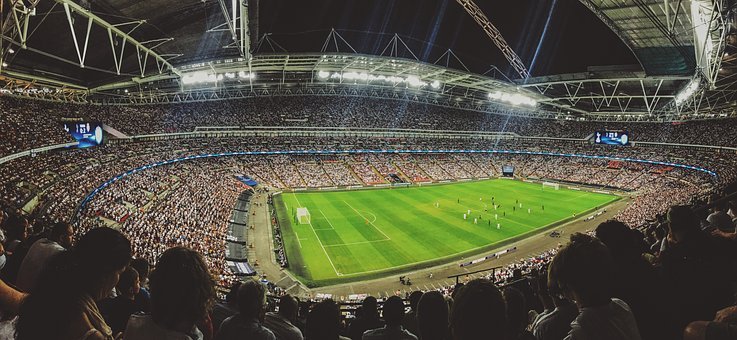Everything You Need to Know about the NIL and International College Athlete Issue

By LEAD1 Association
When the NCAA implemented its Interim NIL Policy on July 1, 2021, and the Congress failed to pass an NIL bill, it meant that all college athletes would be able to monetize their rights of publicity, except for possibly one group of athletes – those international athletes on F-1 visas, which greatly restrict opportunities to earn compensation. Violating visa requirements can lead to dire consequences for international athletes. There are, however, some possible workaround approaches to F-1 visa requirements that athletics departments should know about until there is possibly a federal solution, such as a federal NIL statute or carveouts in federal immigration law. In that light, LEAD1 recently hosted a webinar where prominent immigration attorneys at Akin Gump discussed current immigration law, implications on NIL, how the law applies to NIL, workaround opportunities, and possible federal solutions to address the issue. Here are some of the important takeaways from the webinar:
- There are some basic components of immigration law that every LEAD1 athletics administrator should be aware of: (1) The Department of Homeland Security (DHS), formed in 2003, is the main federal agency that administers U.S. immigration law; (2) Immigration and Customs Enforcement (ICE) is a subset of DHS and the Student and Exchange Visitor Program (SEVP), a subset of ICE, regulates student immigration, such as by tracking foreign student employment information; and (3) nonimmigrants, such as foreign students, are in the U.S. temporarily and these students are typically classified as F-1 Visa holders.
- F-1 Visa holders are very restricted in employment opportunities. Foreign students who pursue a degree in the U.S. are allowed to work in very limited circumstances –employment that is generally permissible includes (1) on campus work up to 20 hours per week (whether related to their field of study or not); (2) Curricular Practical Training (CPT), or practical training tethered to a student’s curriculum (i.e., such as an internship); and (3) Optical Practical Training or typically a one year work permit post-graduation related to the student’s field of study.
- On the NIL front, the grey area, and legal questions center around the distinction between “active” and “passive” income. If a foreign student is required to provide services in exchange for compensation, generally the employment must fall under one of the three exceptions above. If a foreign student is provided compensation without providing any services, that would likely be permissible under immigration law. In other words, the crux of the legal issue centers around whether the foreign student is required to perform services for the compensation (e.g., “active income”) or whether the student receives the compensation without having to perform any work (e.g., “passive income”). According to the panel, NIL activities likely fall somewhere “in between” (it is worth mentioning that group licensing may be considered passive income, given that athletes are typically just receiving compensation without performing any services or work).
- Because there is a lack of clear guidance from DHS on NIL, there are many nuanced questions that may arise. In addition to active versus passive income, some of the key questions to consider include where the NIL activity is being performed, for instance, immigration status is not violated when an athlete is physically engaged in activities outside of the U.S., such as in their home country. Even if an athlete created a website abroad but modified the site in the U.S. (and received income from a brand in conjunction with the site), it could be classified as active income. On the other hand, if the athlete did not modify the site in the U.S. and created it abroad, (and still received income from a brand in conjunction with the site), it might be considered passive income (and therefore permissible). Social media NIL activities can also be very nuanced, for example, posting on Instagram on behalf of a brand (without compensation) is likely permissible, but if that brand paid money to the athlete after the athlete posted on behalf of the brand, that question is more unclear – this is where federal guidance is needed. The NCAA’s NIL Interim policy further complicates matters given that a quid pro quo relationship is generally required for athletes to receive NIL compensation.
- Consequences for violating F-1 Visa Status may be extreme. Punishment for violators could include ineligibility for future immigration status and/or green card/permanent residence.
- Given all the gray area, there are a few possible solutions whether legislative or regulatory. A legislative fix may include the Congress passing legislation specifically authorizing NIL activities. A regulatory fix may include formal rulemaking from DHS or guidance establishing a policy that NIL activities authorized under a state statute would be permissible for all F-1 students, incident to their immigration status.
In short, the NIL and international college athlete issue is one that the college sports industry could possibly coalesce around as it is a question of fairness and would likely receive bipartisan support in the Congress. As such, LEAD1 administrators should share this information with their colleagues and representatives.
